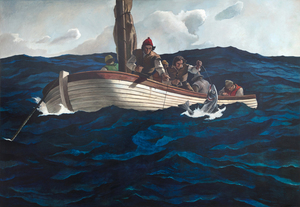Please contact the gallery for more information.
Current Exhibitions
2025
2024
2023
2022
2021
2020
2019
2018
2016
2015
2014
2011
2010
2009
History
From the earliest days of painting during the nineteenth century, which was precipitated by the advent of Impressionism, Renoir established a reputation as the finest portrait painter among the emerging landscapists. Works such as Lise with a Parasol (1867) demonstrated his ability to capture the essence of his subjects with a distinctive flair, setting him apart from his peers. Inspired by a transformative trip to Italy in 1882, Renoir shifted his approach, emphasizing modeling and contours with smooth, blended handling, integrating a new found rigor and clarity reminiscent of the old masters. Often referred to as Renoir’s “Ingres period,” he retained the reputation of the painter best suited to manage the traditional process of recording a sitter’s likeness with the distinctive flair and vibrancy of an Impressionist.
By 1890, Renoir’s style evolved again. He thinned his pigments to achieve a jewel-like translucence, infusing his works with a tender, ethereal quality. This final phase reflects the physical limitations of encroaching rheumatoid arthritis but also a deeper, more reflective approach to his subjects, capturing their inner light and character with subtle, luminous strokes.
No longer obliged to rely upon society portrait commissions, by 1900, Renoir began to focus on portraits and studies of family, close friends, and neighbors. Fillette à l’orange, painted in 1911, extends our appreciation of his very personal, intimate style and reputation for imbuing his portraits of children with all the affectionate charm he could muster. It avoids the softer, generalized approach that prompted his son Jean’s remark that “we are all Renoir’s children, ”idealized versions of beauty and sensuality expressed in universal rather than with physiognomic specifics. We may never know her identity, but her likeness is vivid because Renoir concentrates on her face and expression. Nevertheless, the interplay of light and color highlights her features and brings to life the tender and affectionate nature characteristic of Renoir’s later portraits. An orange as an accessory is often included in portraiture as a symbol of fertility. Yet, here, it seems to serve as a formal element for the artist to demonstrate his skill at displaying its size, shape, and heft in this young girl’s hand.
MARKET INSIGHTS AND KEY DETAILS
According to Art Market Research based in London, Renoir’s market prices have increased at a 5.5% compound annual growth rate since 1976.
Paintings from Renoir’s later years, including those featuring children, are relatively rare compared to his earlier works. This rarity adds to their desirability and can contribute to higher auction prices when they come to market.
Renoir’s figure paintings, especially his portraits of children, are known for their warmth, humanity, and timeless appeal. From the late 1870s to the 1880s, Renoir evolved his approach to painting children, moving beyond Impressionism to incorporate structured forms and a richer palette.
In his later years, particularly from the 1890s onward, Renoir’s child portraits reflected a classical and refined style influenced by Old Masters, aiming for a timeless quality.
Using vibrant colors and nuanced light effects, Renoir enhanced the warmth and vitality of his child subjects, exemplified in Fillette à l’orange. Renoir approached his child portraits with sensitivity, capturing each subject’s unique personality and character, blending technical mastery with emotional depth.



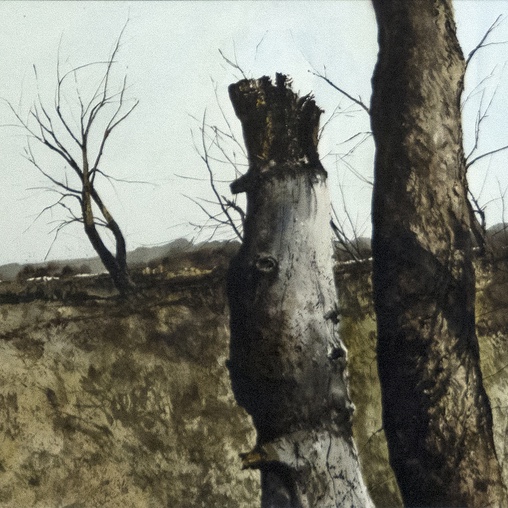
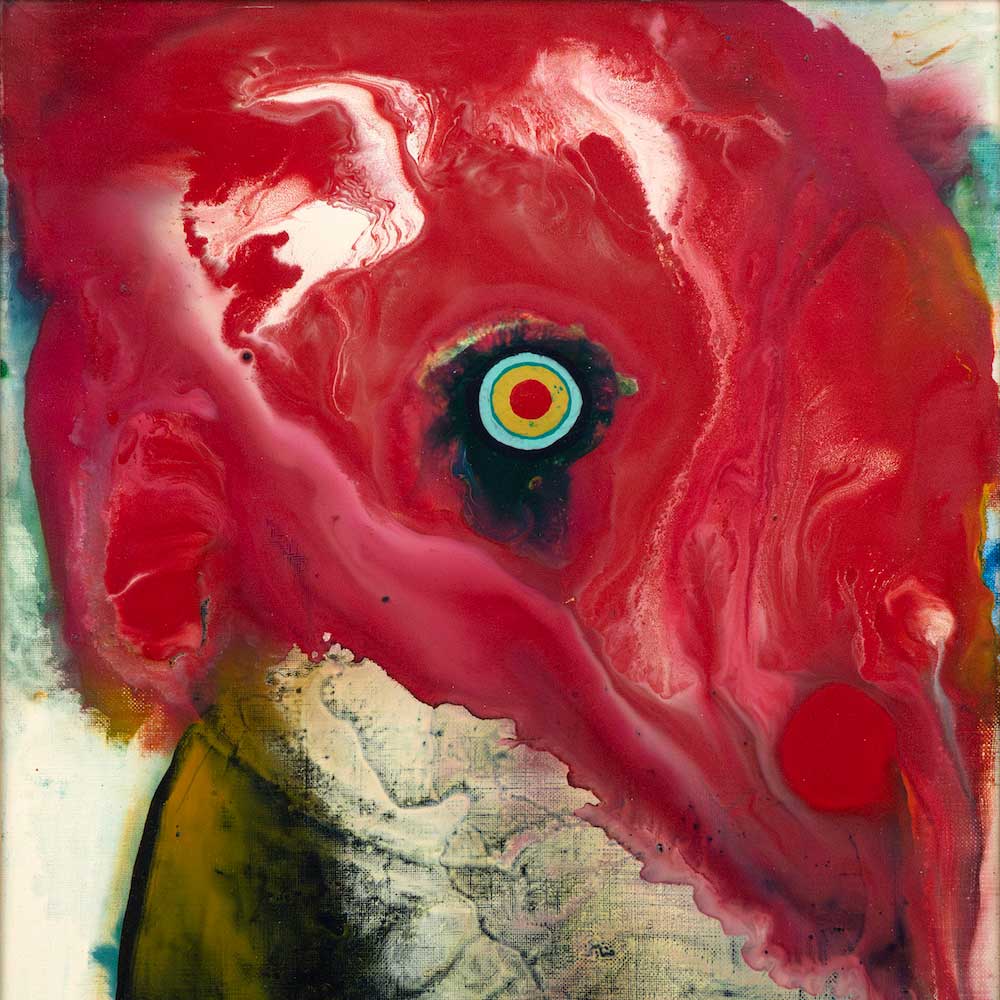
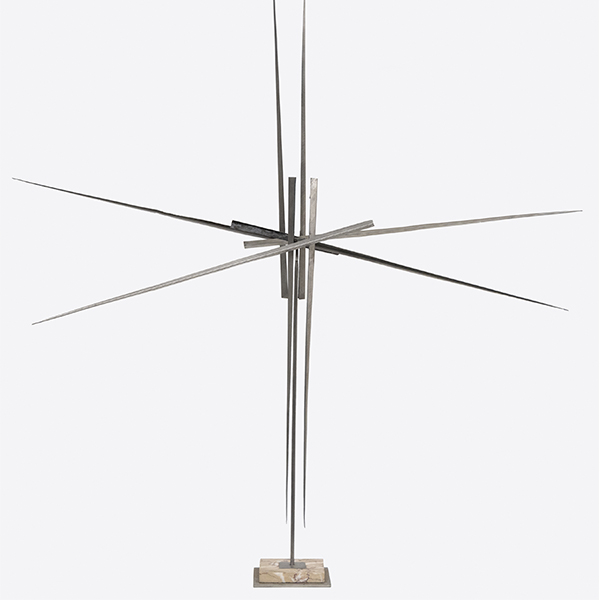
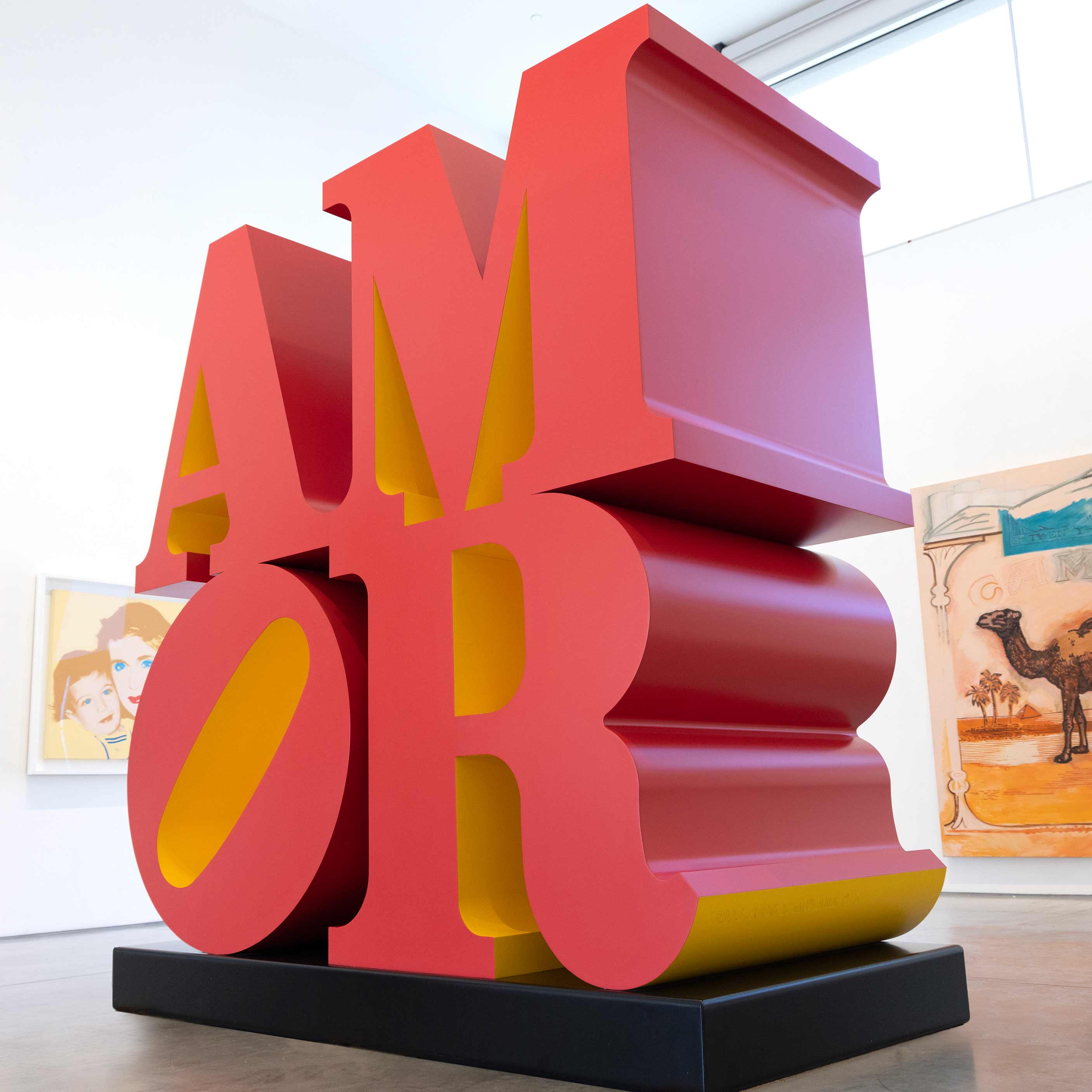
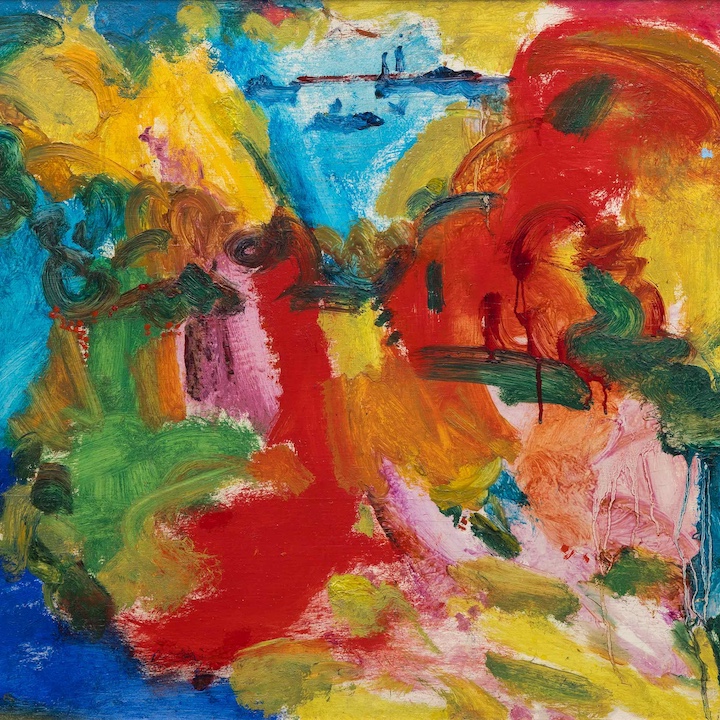
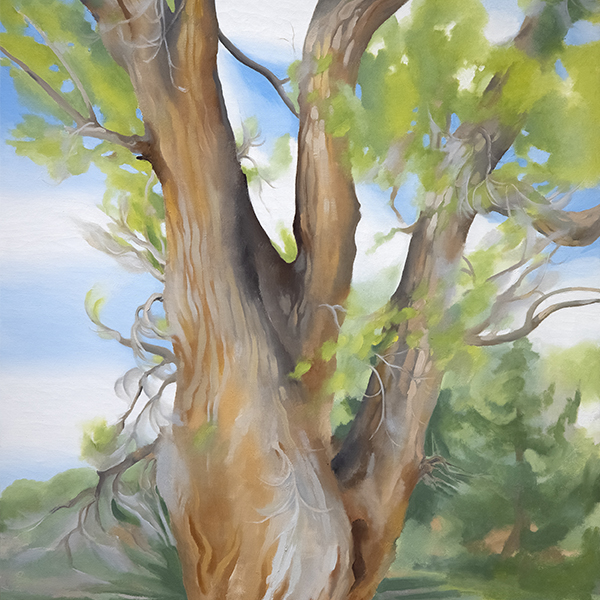

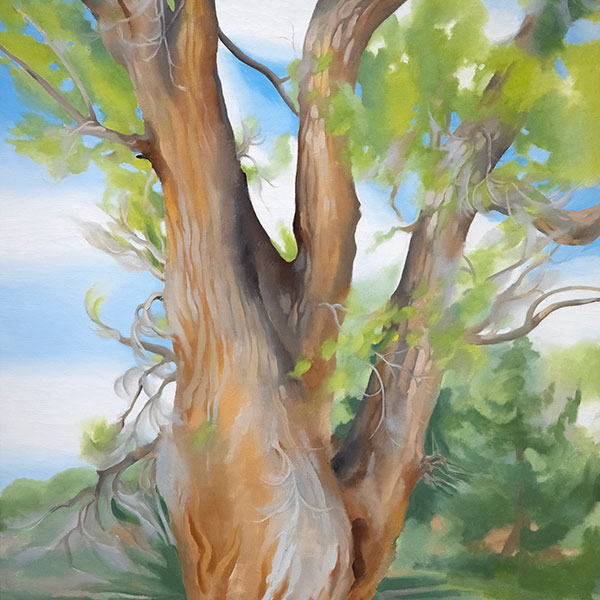
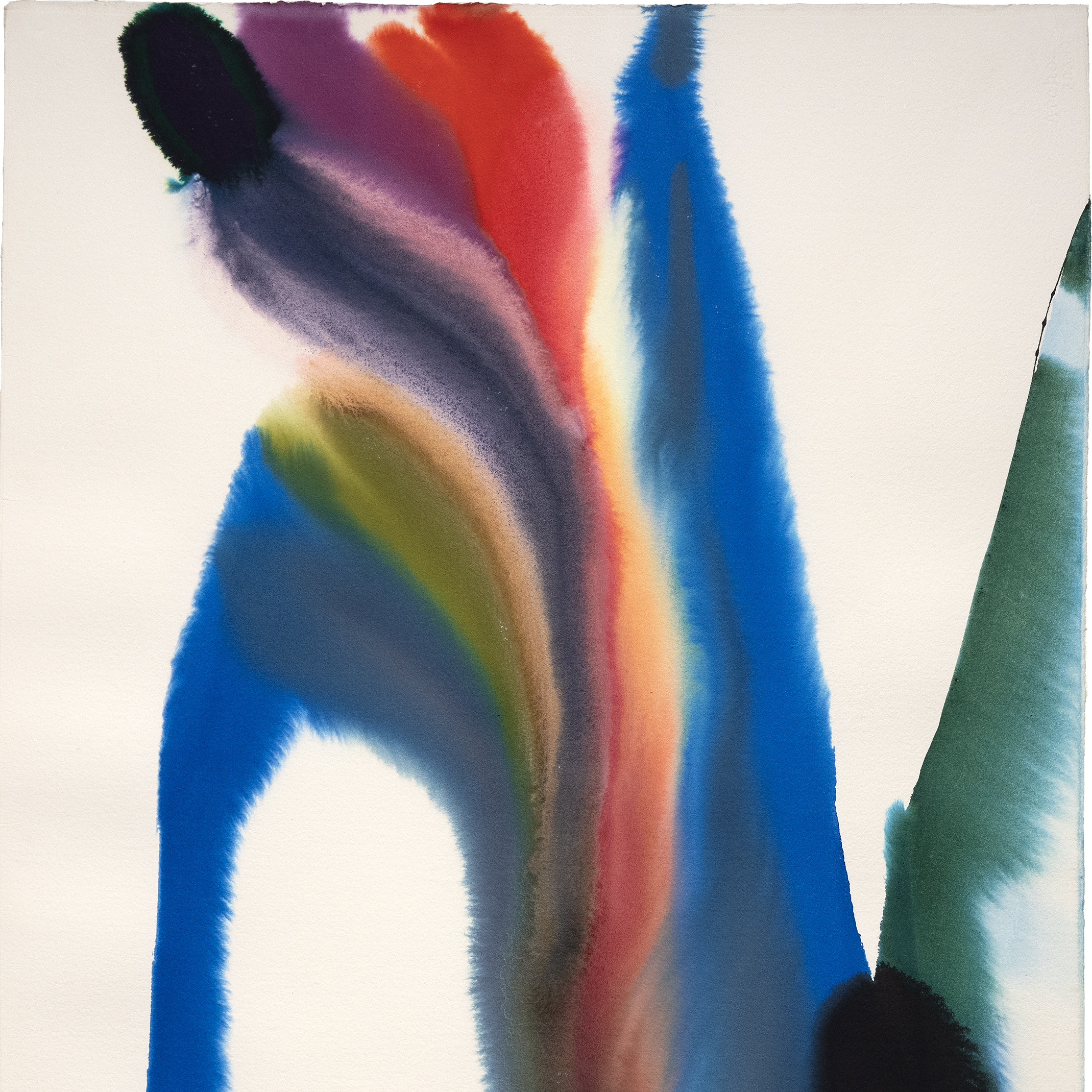
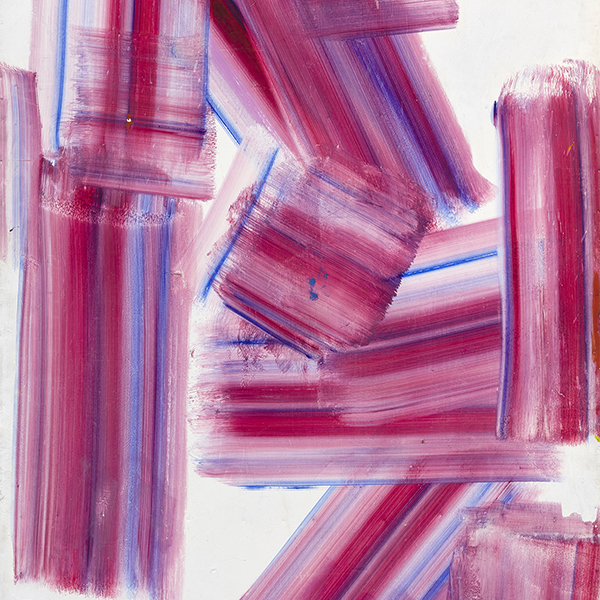
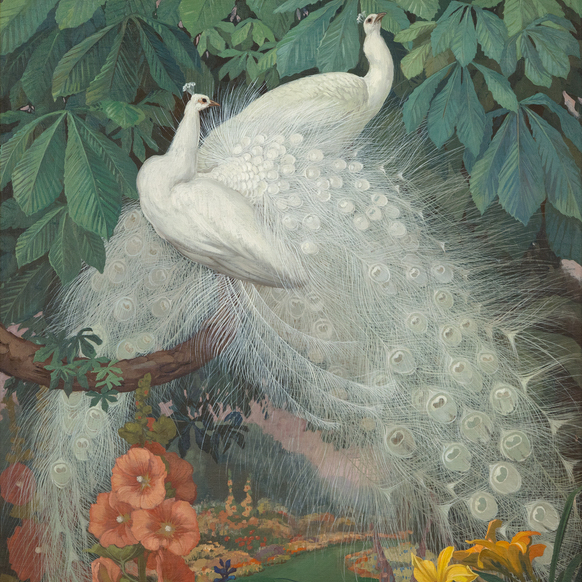

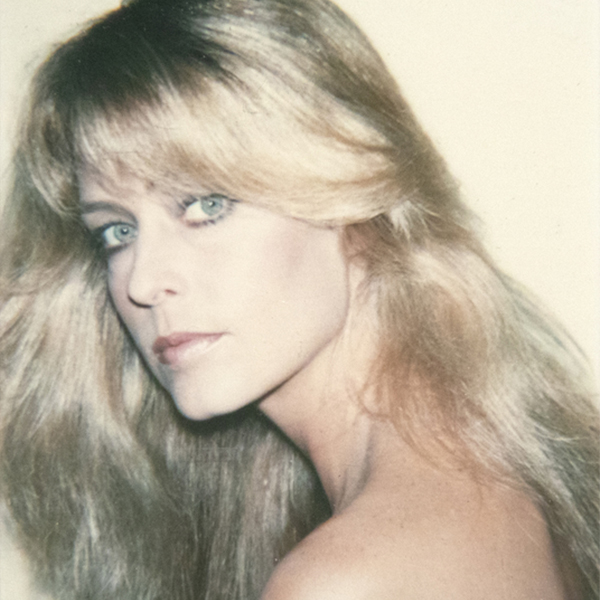

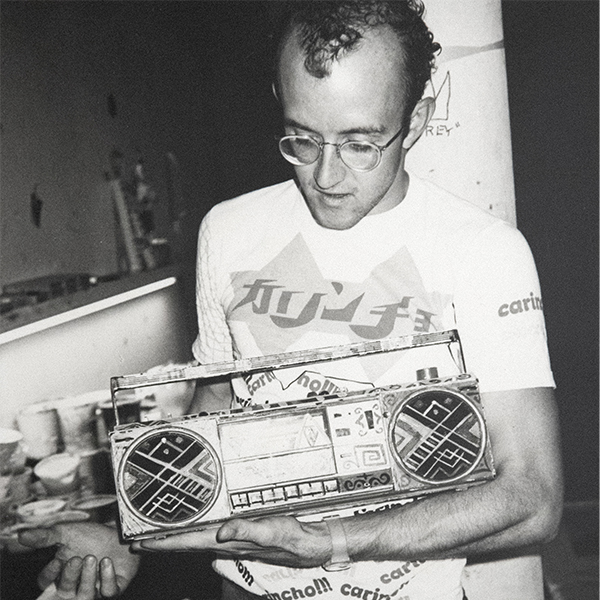
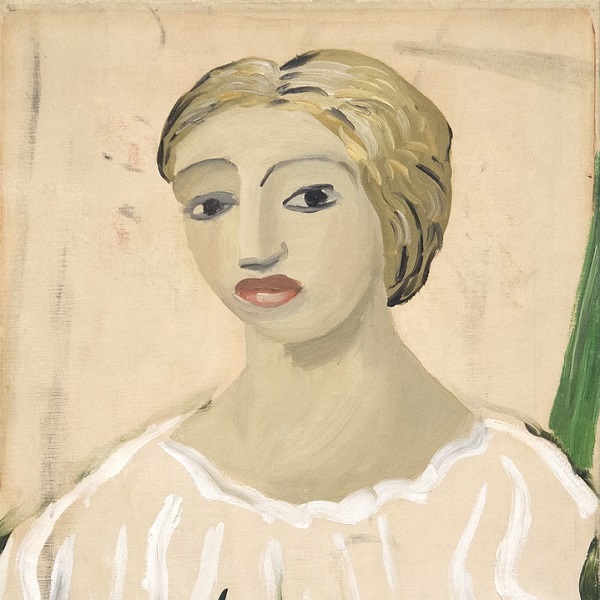
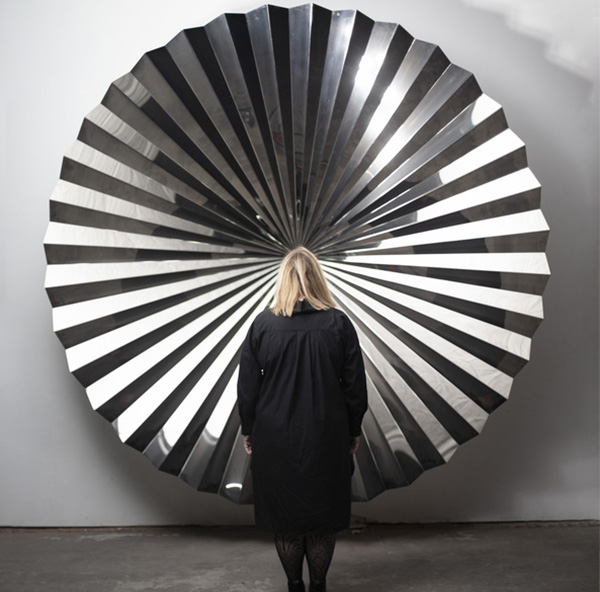
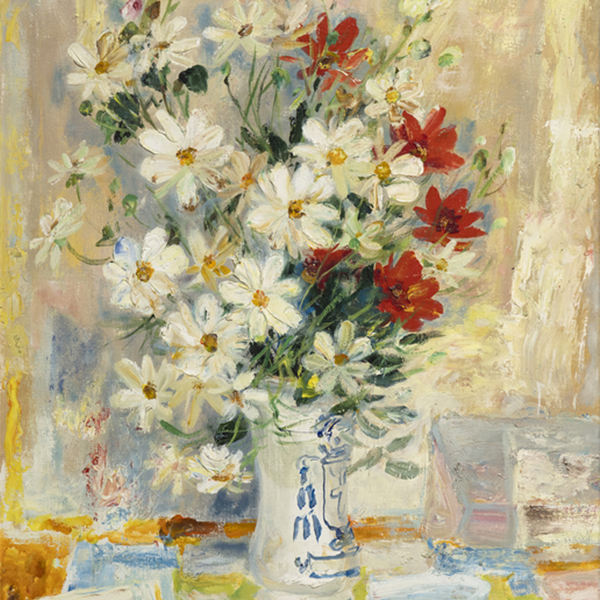
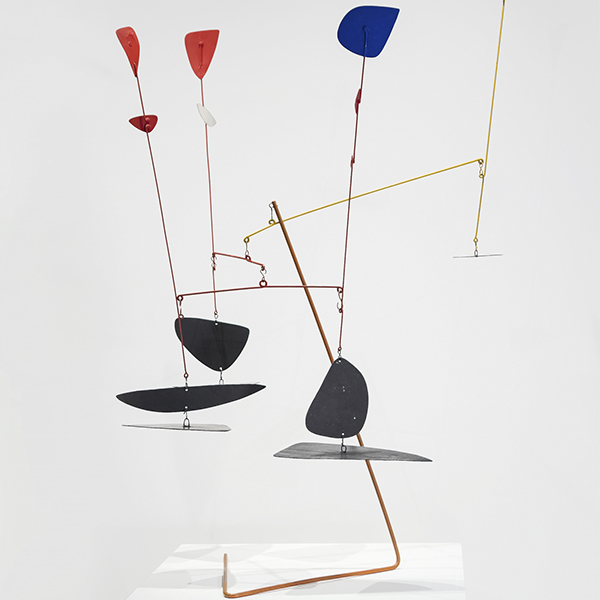

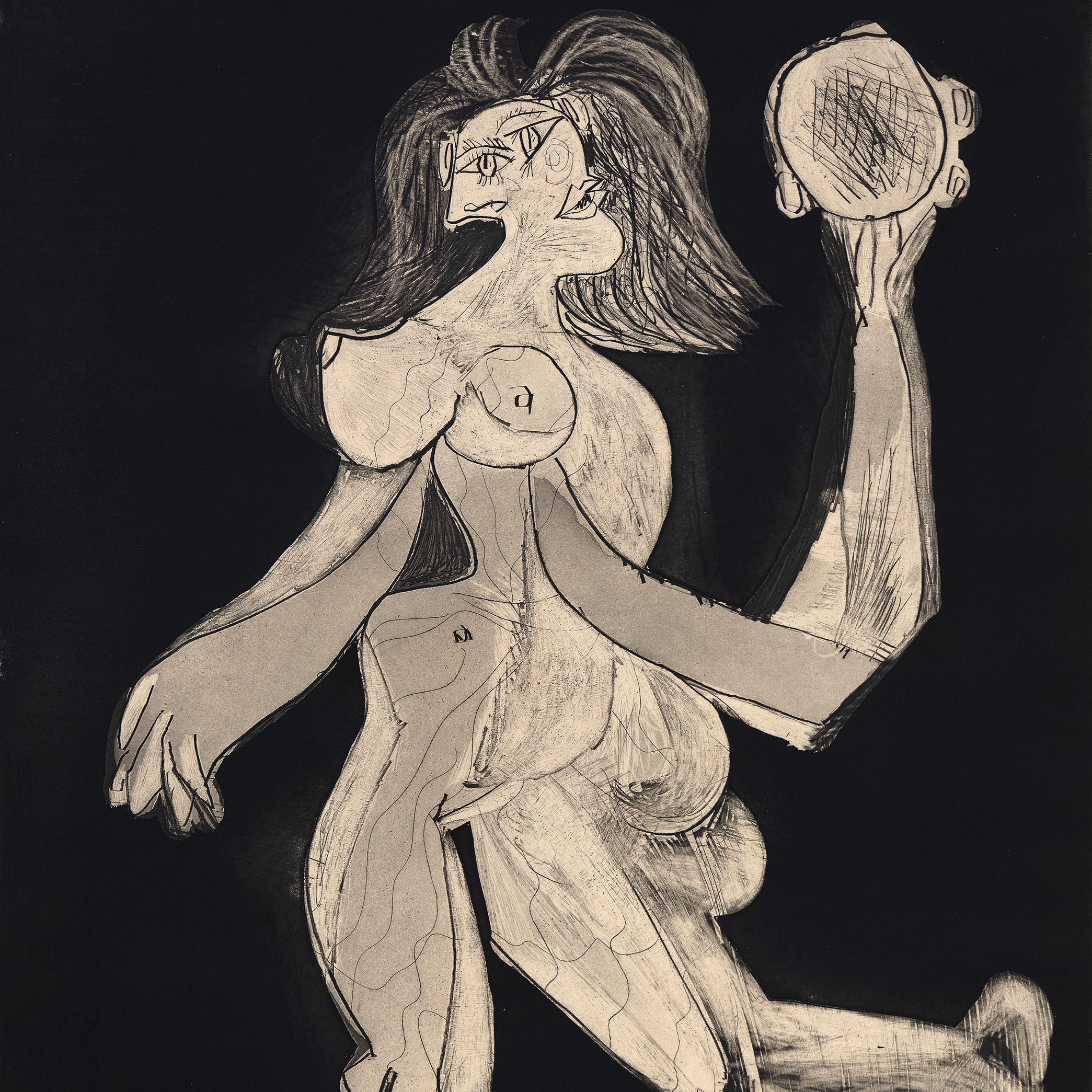
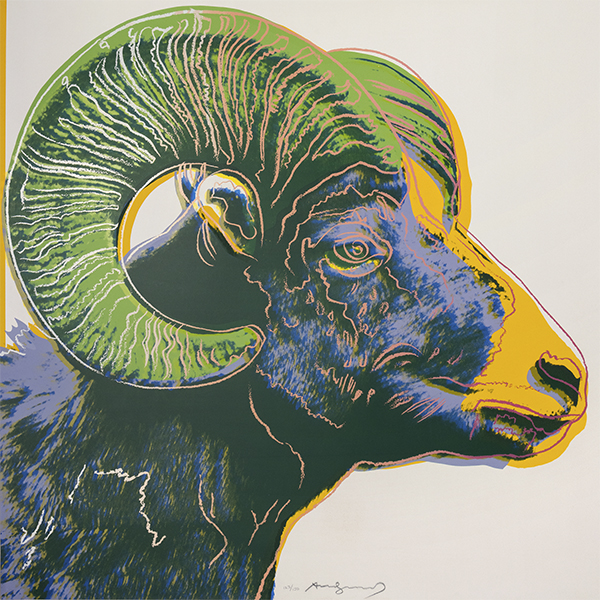
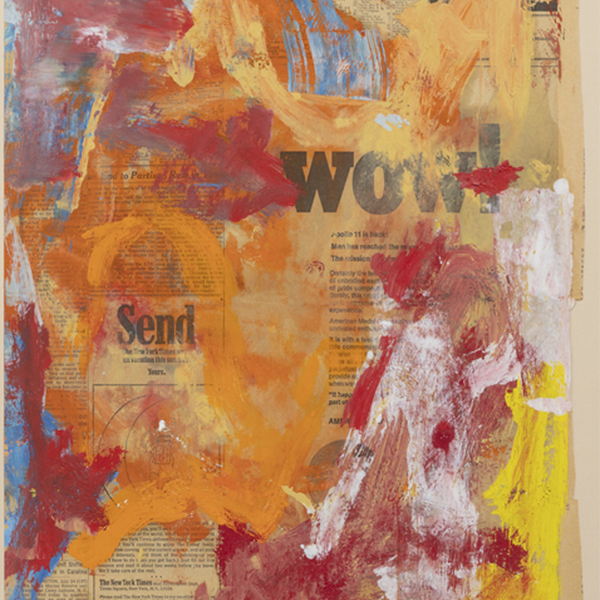
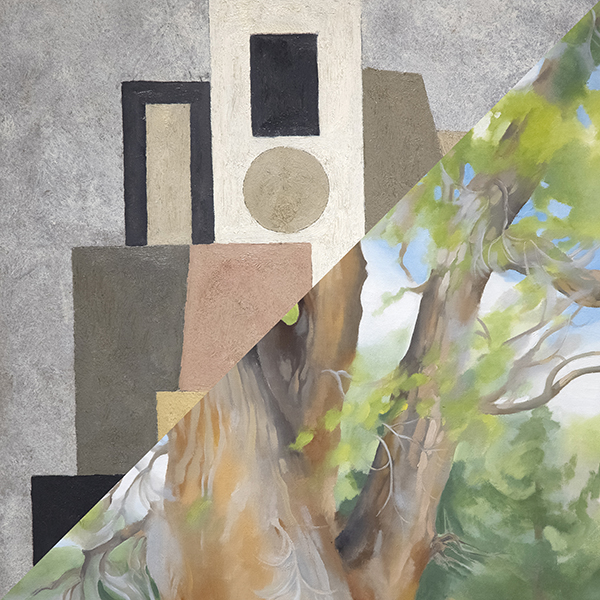
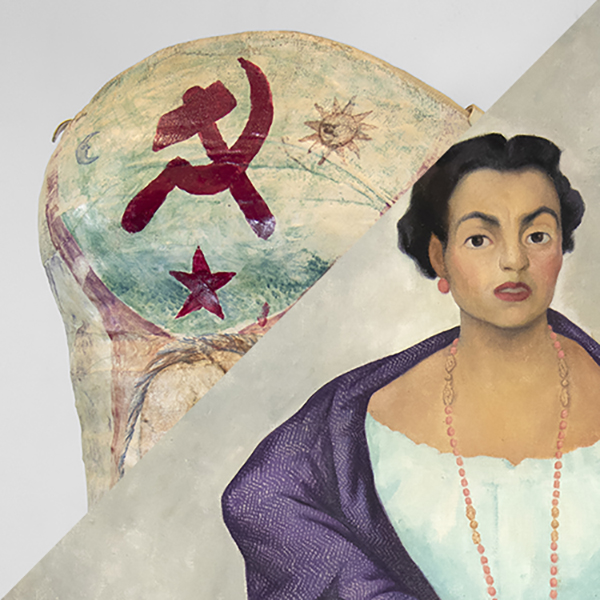
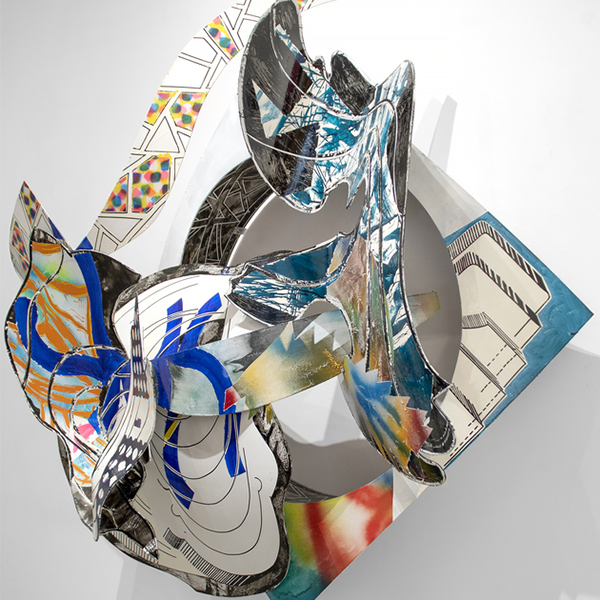
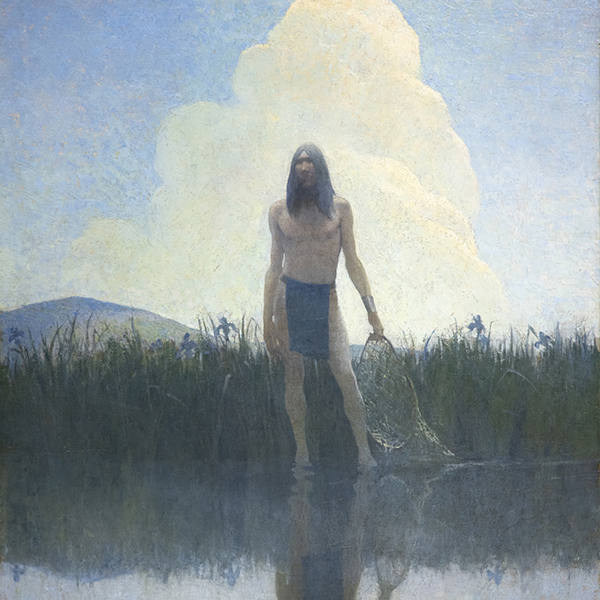
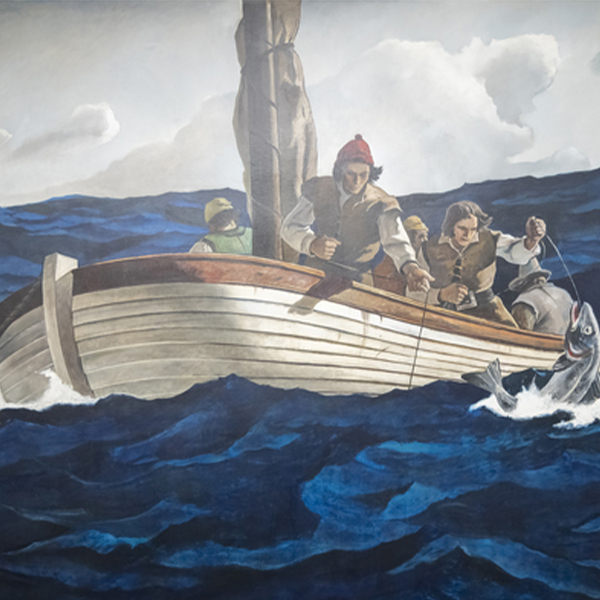
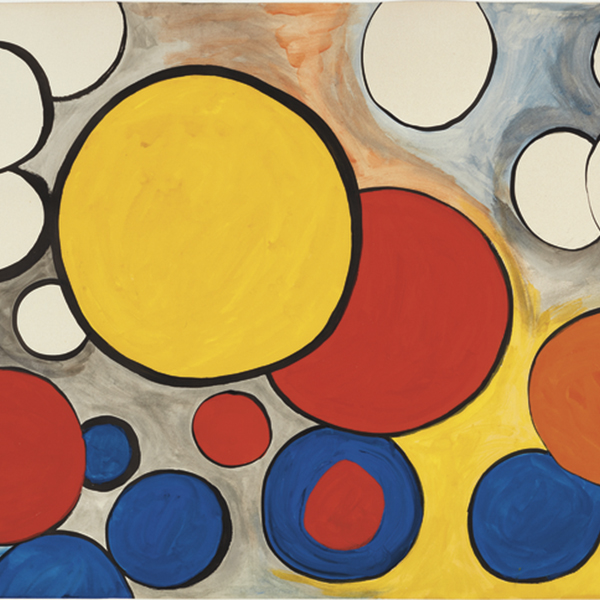
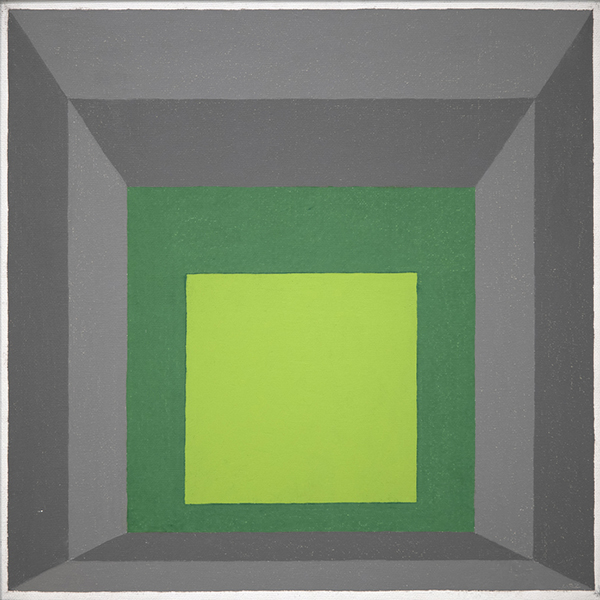
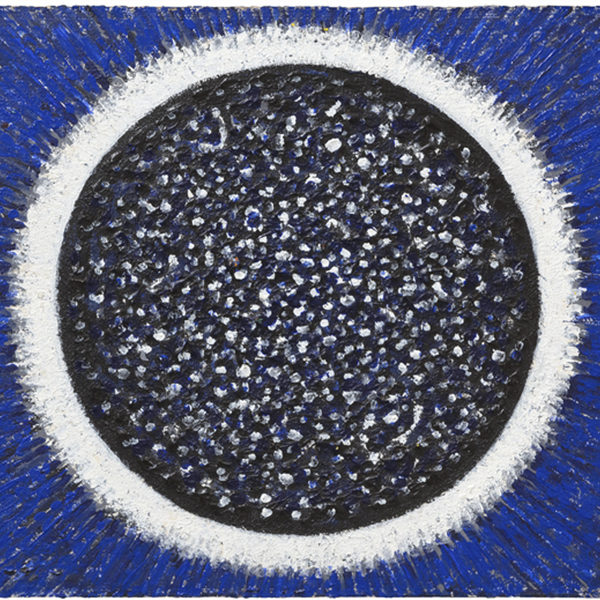
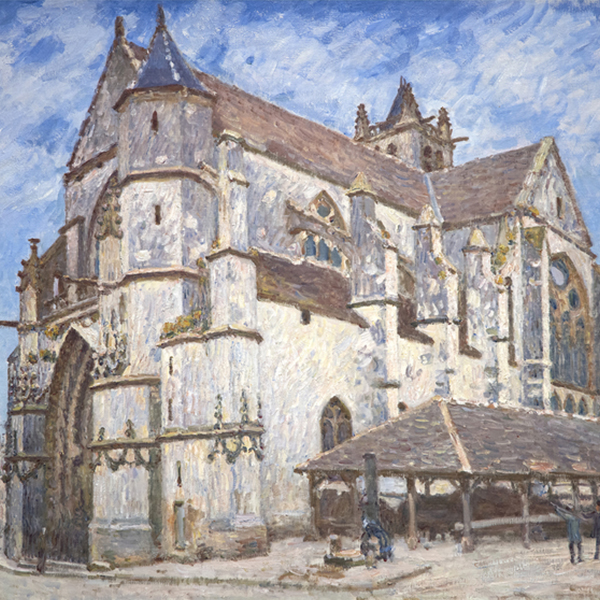
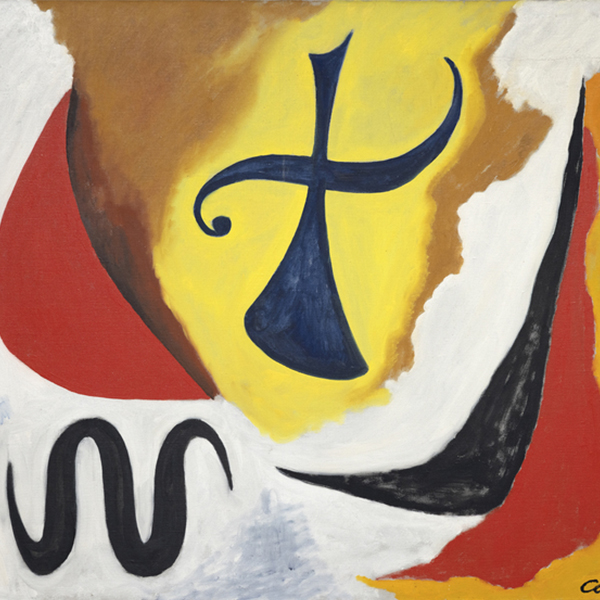
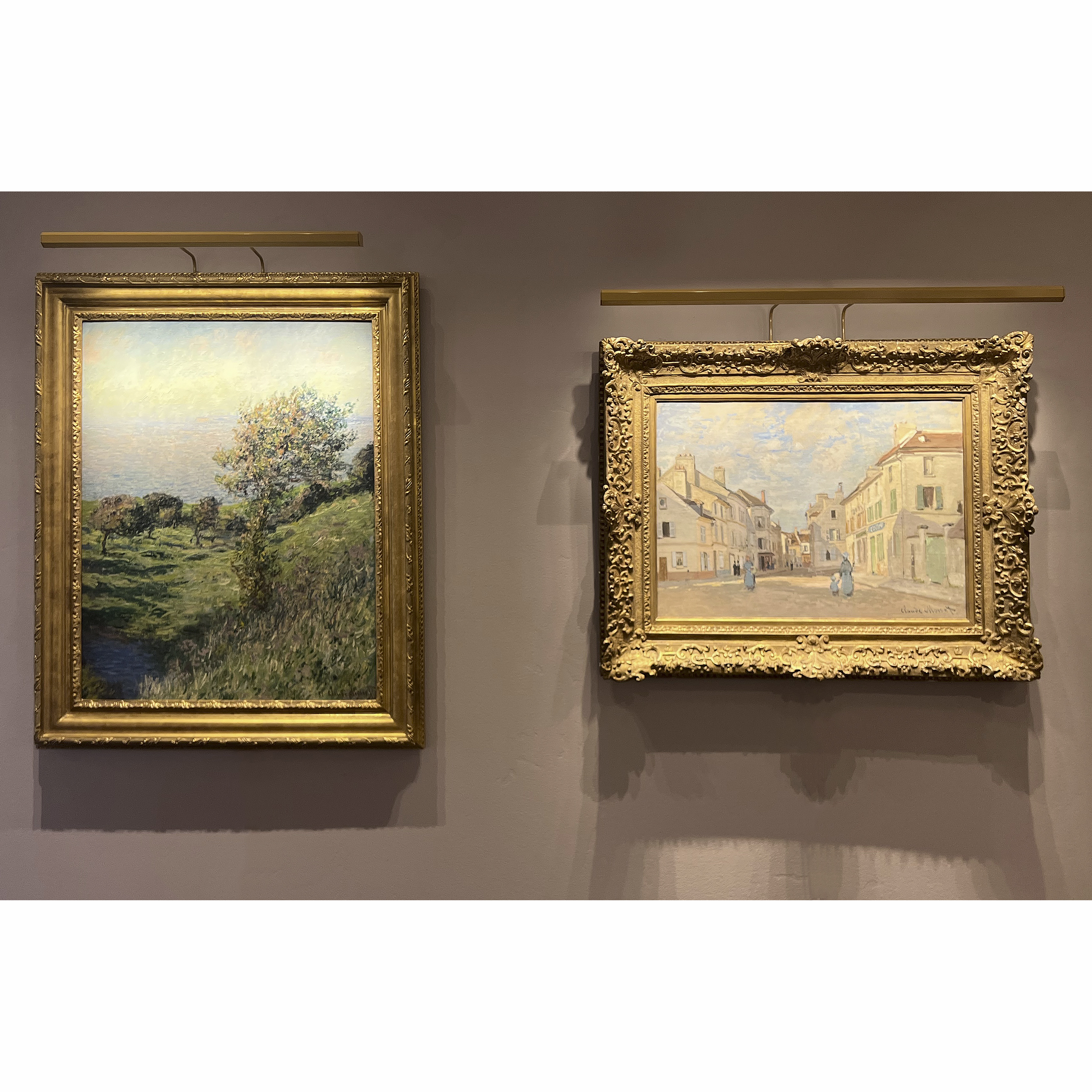
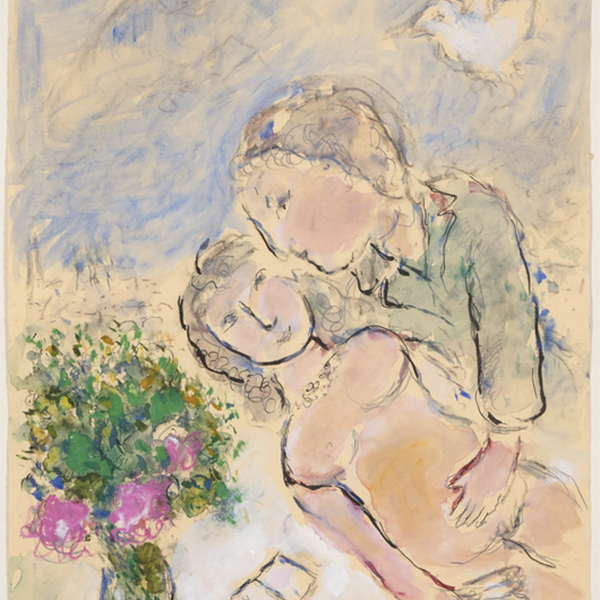
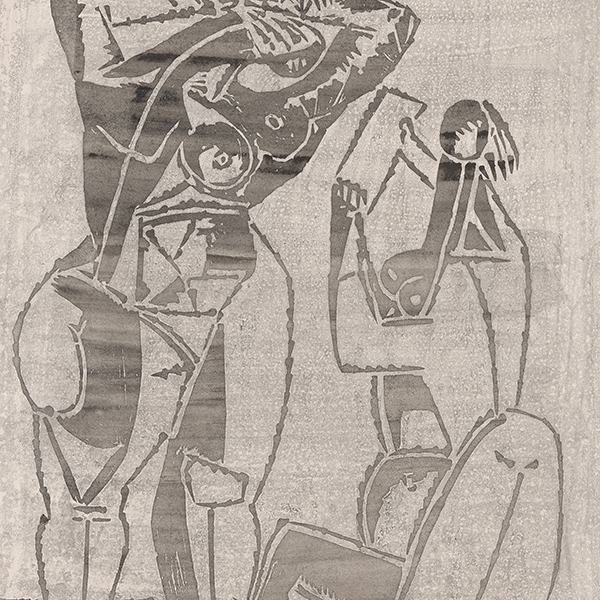
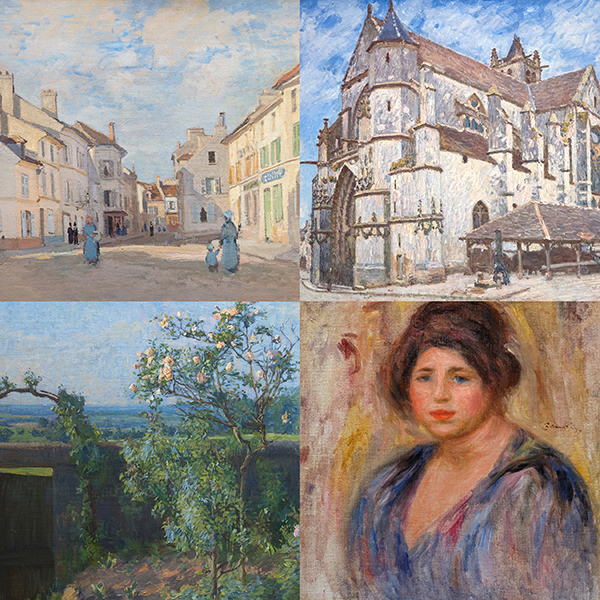

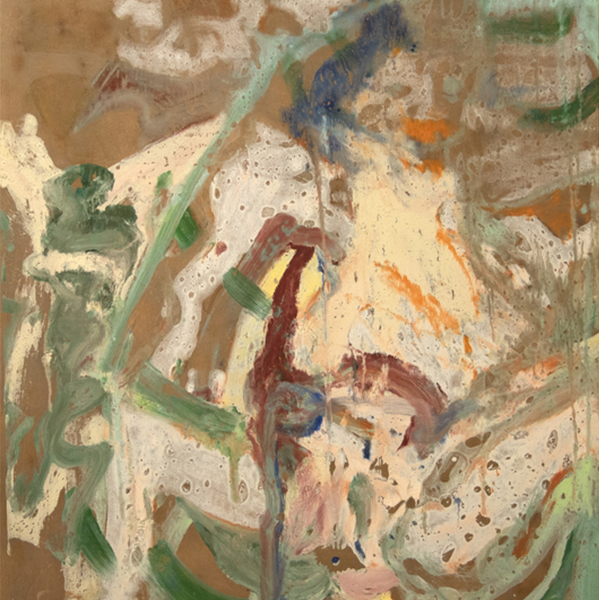
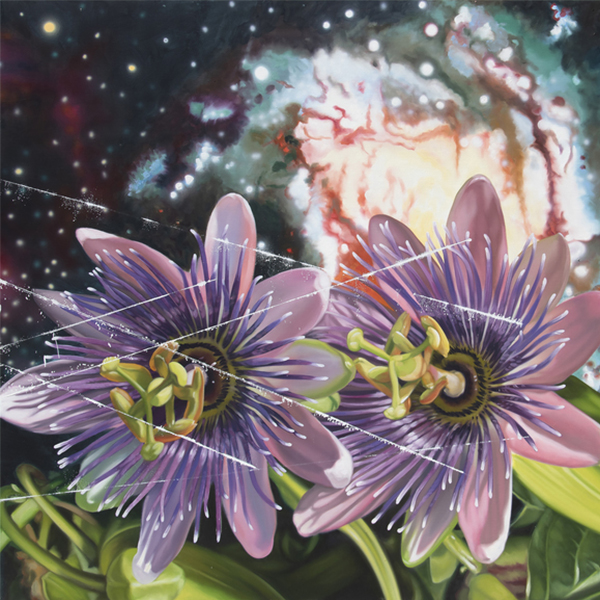
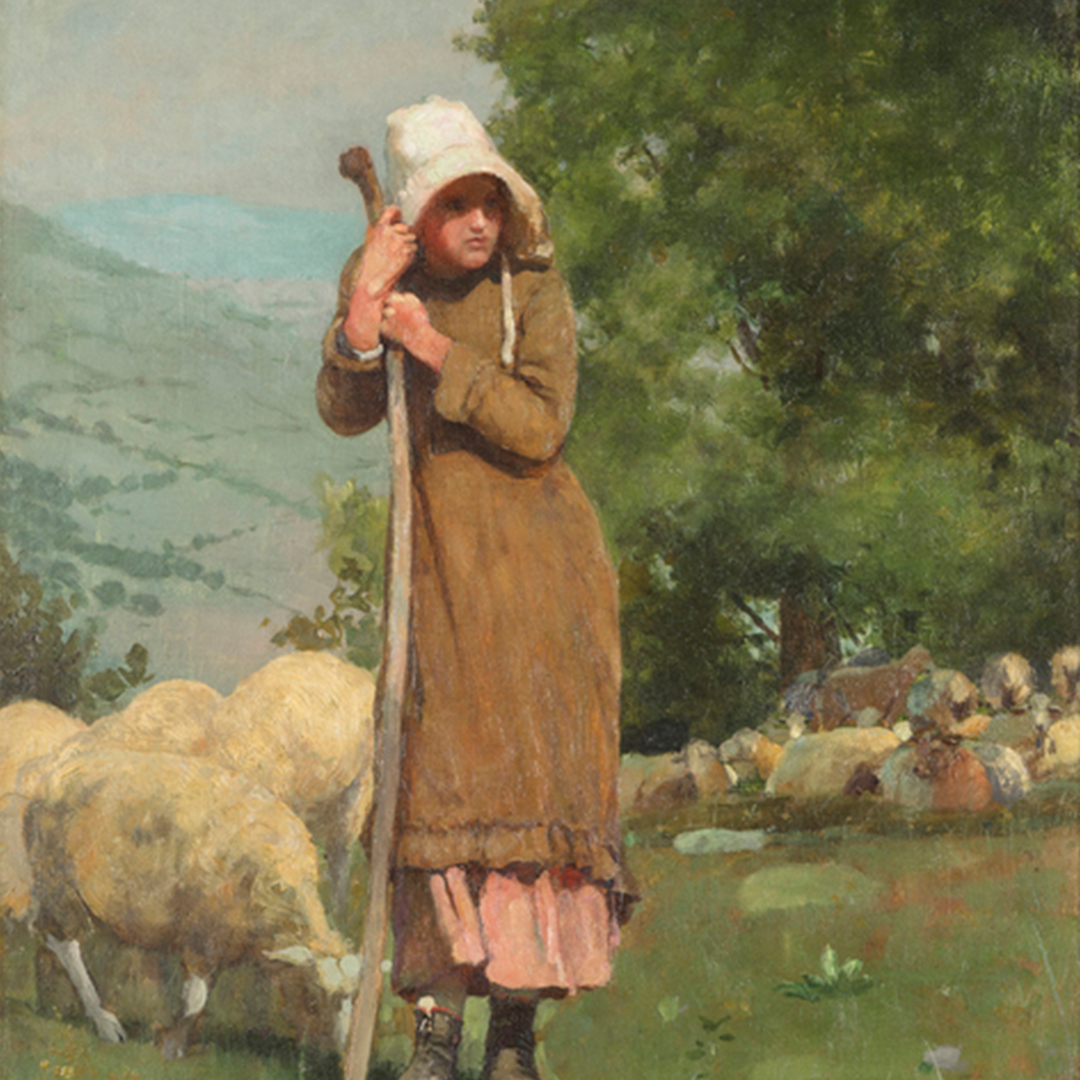
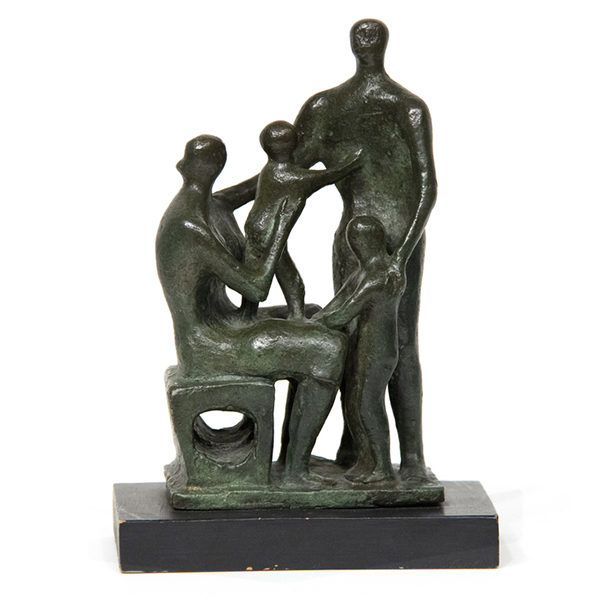

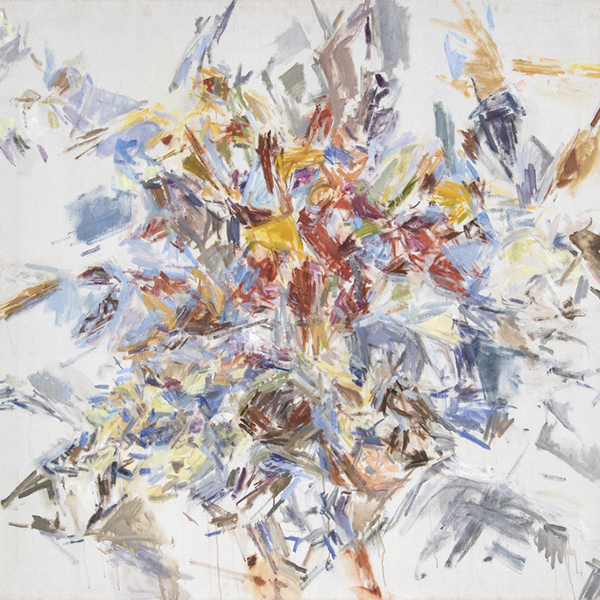
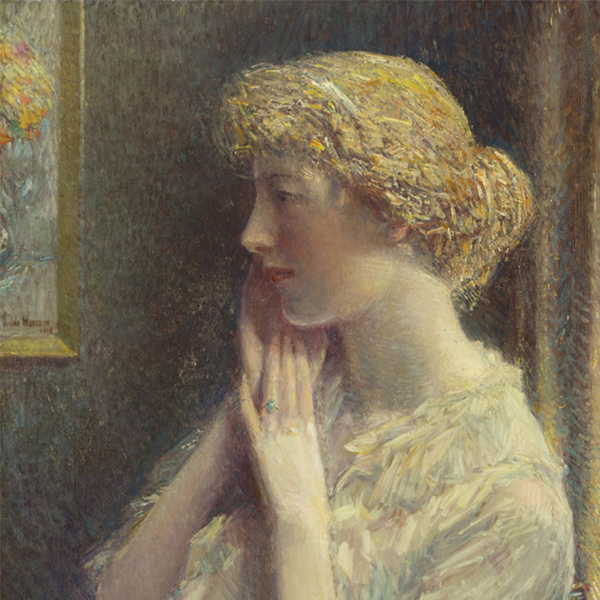
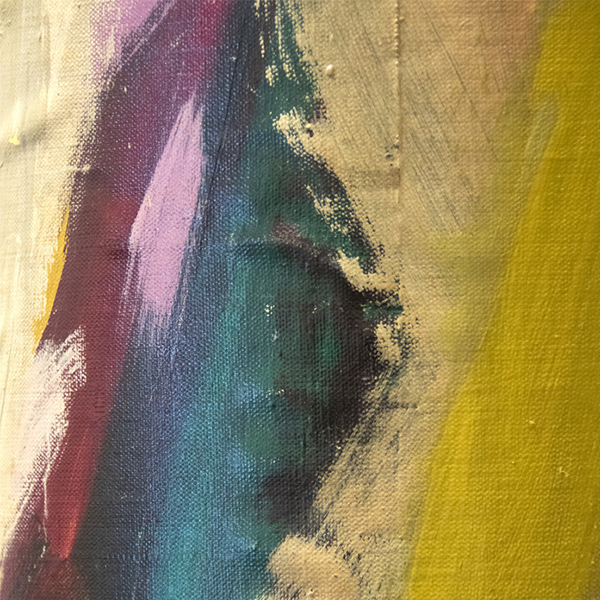
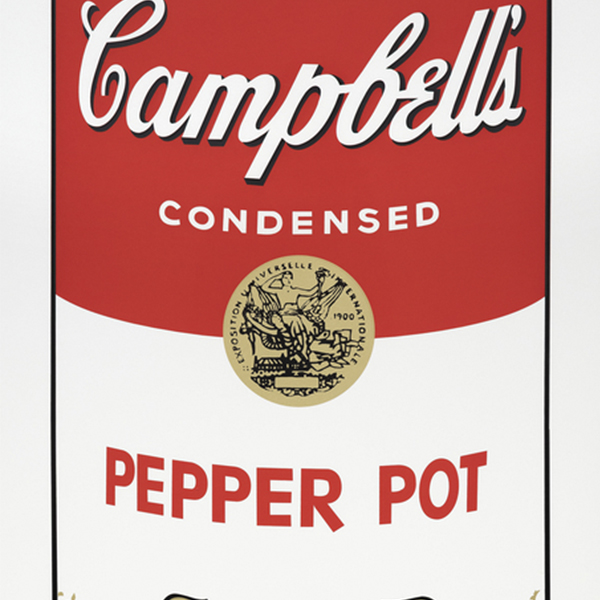
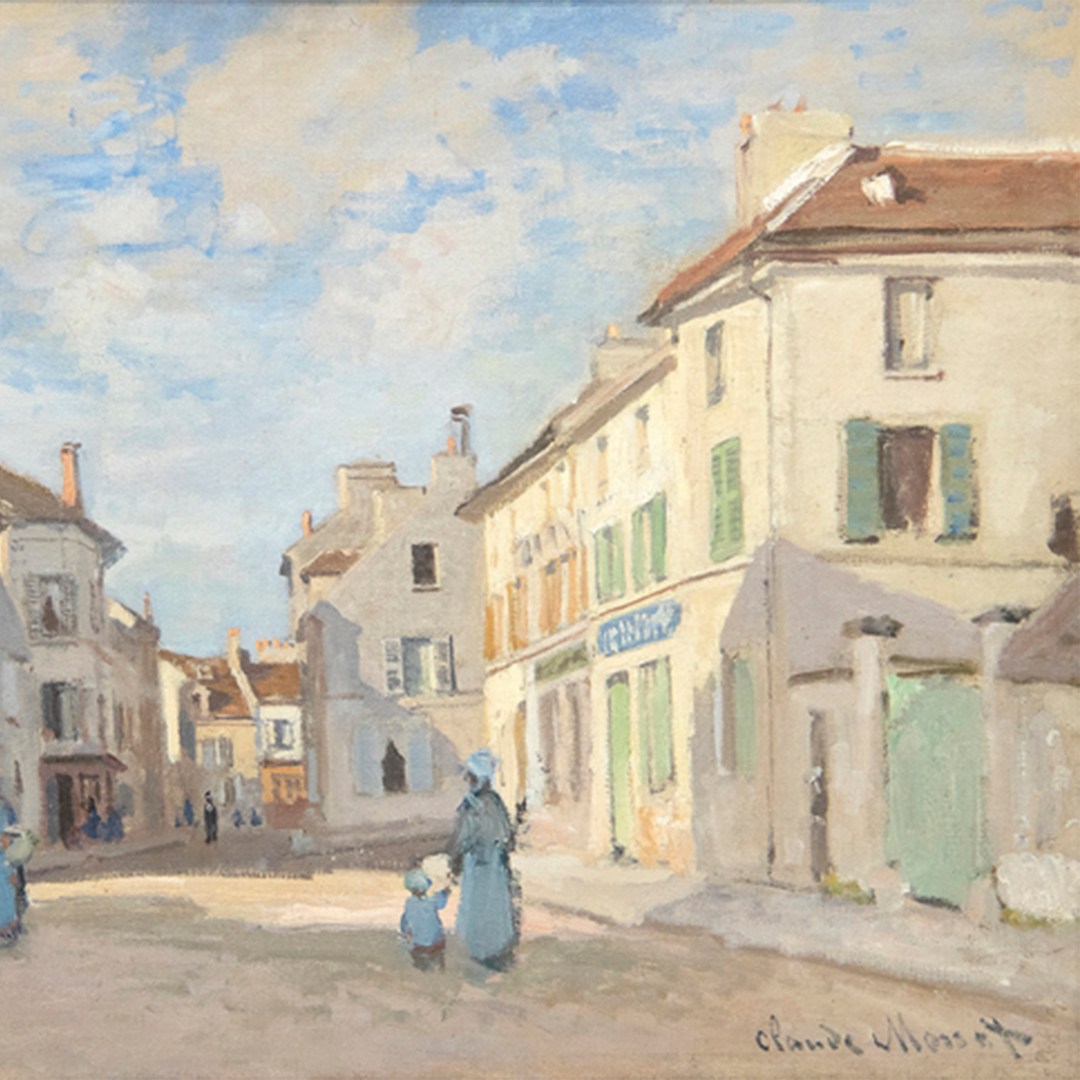
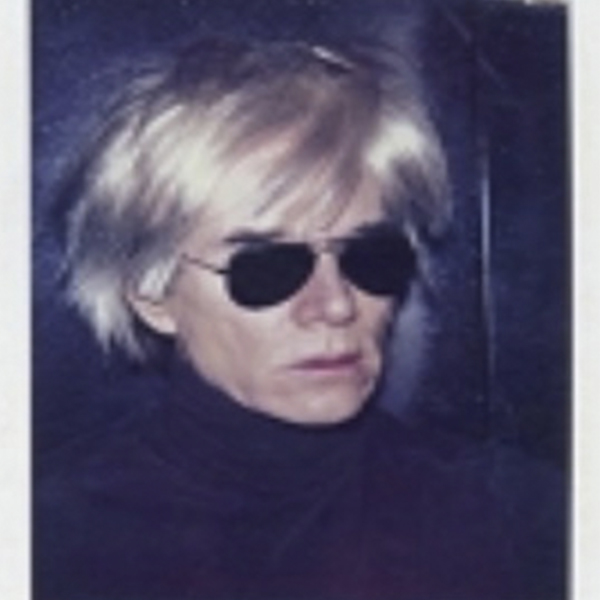
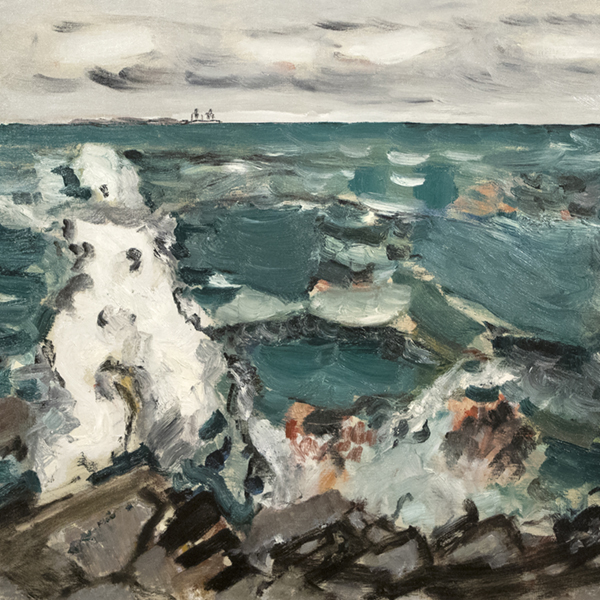
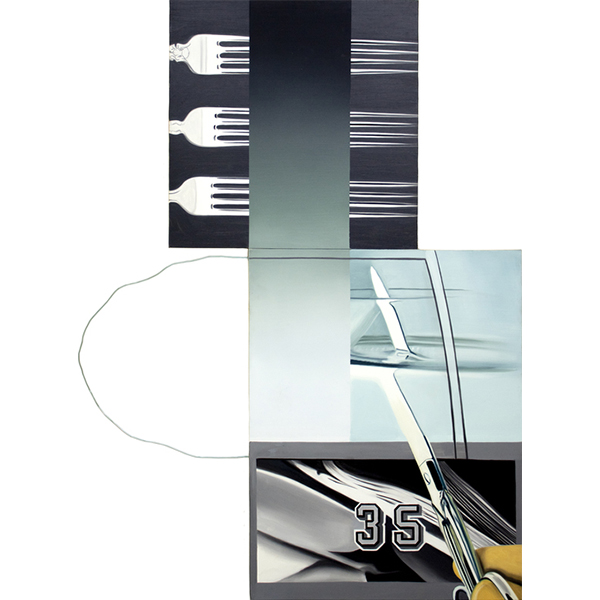

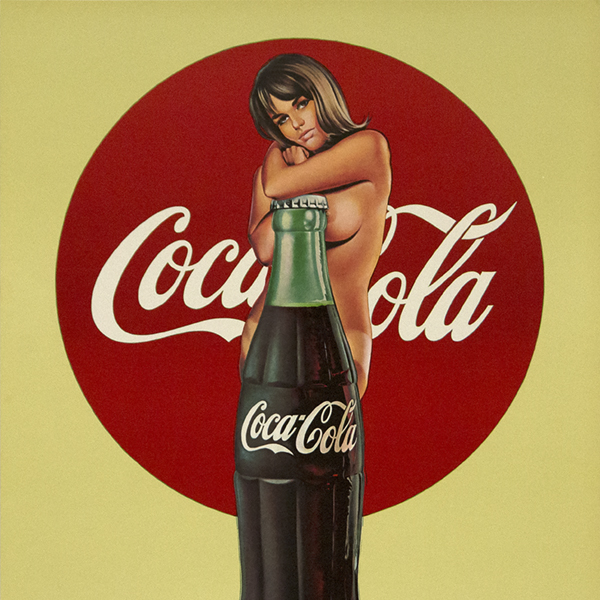


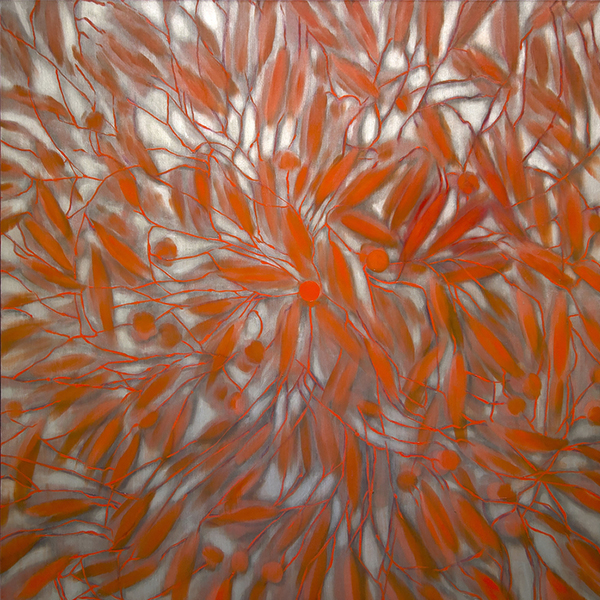
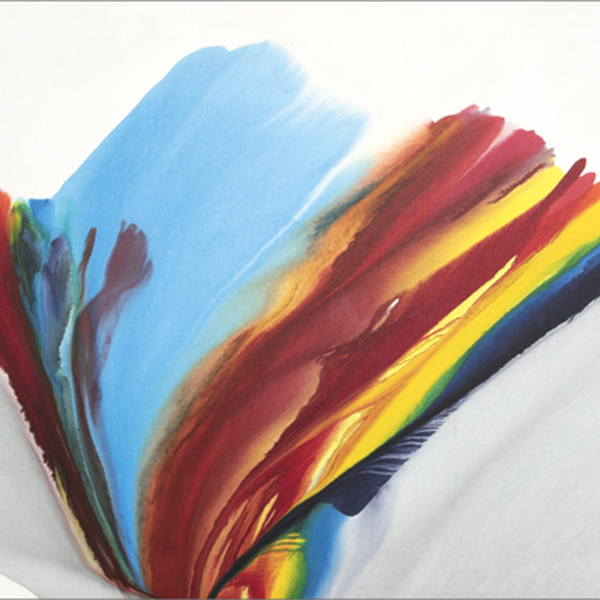
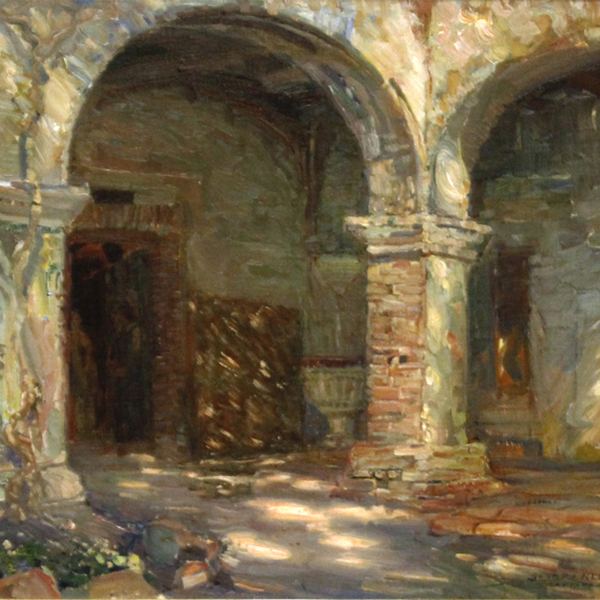
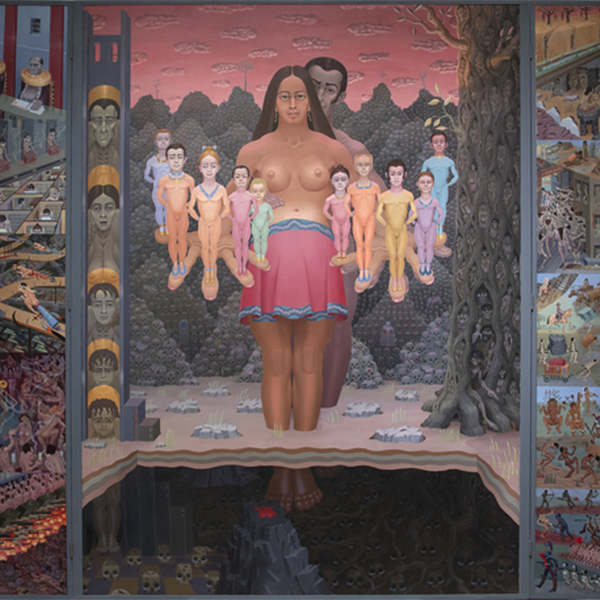
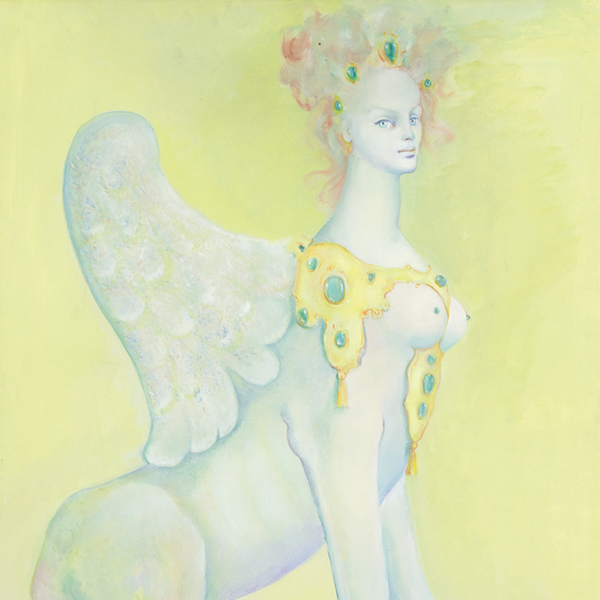
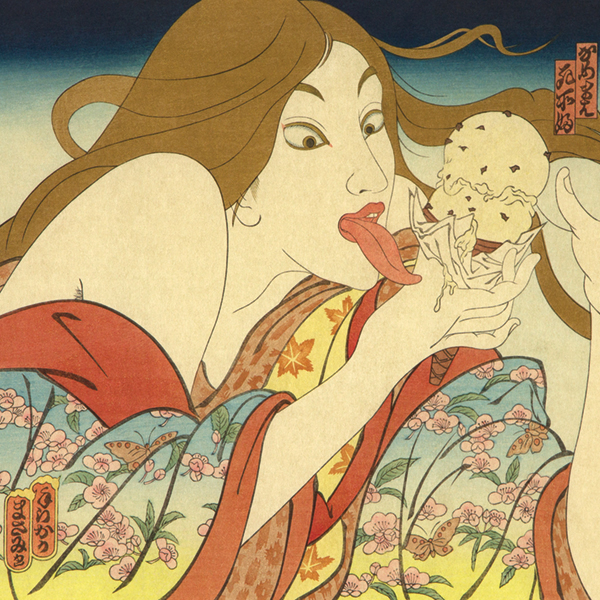
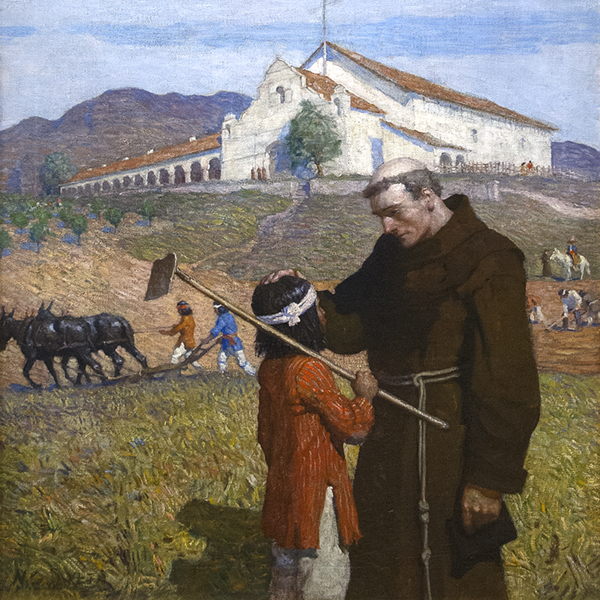
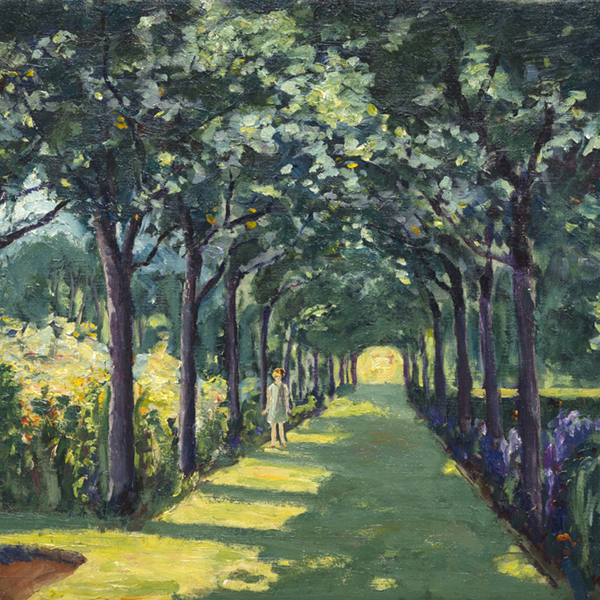
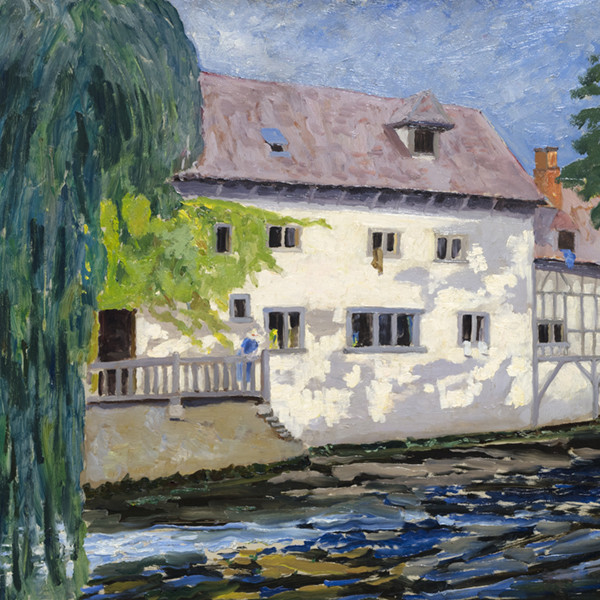
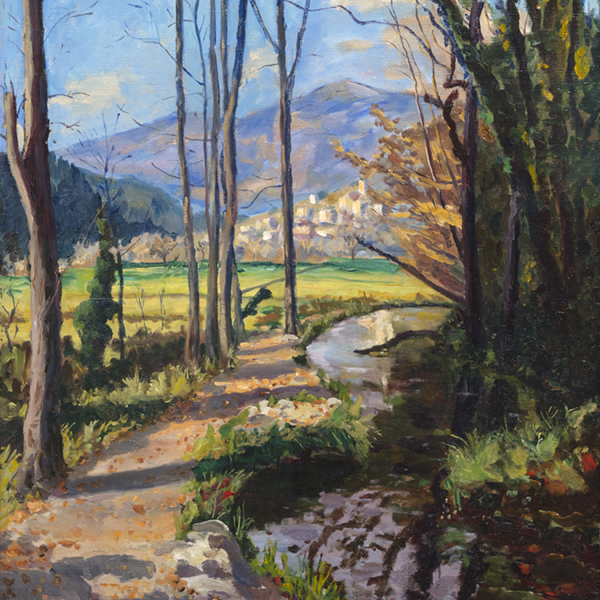
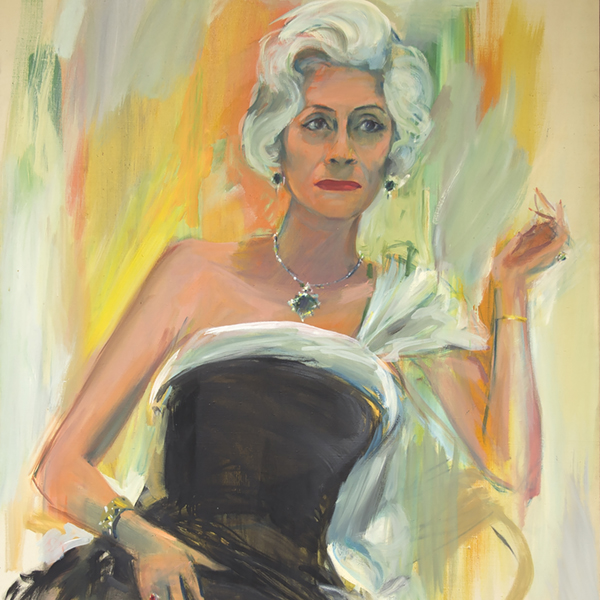
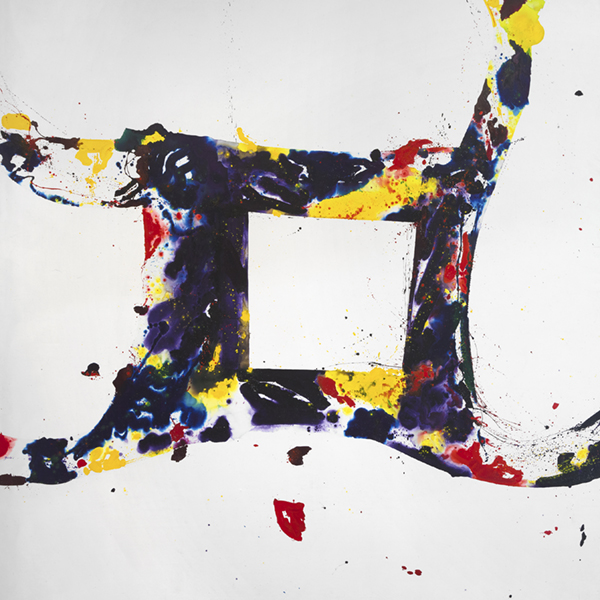
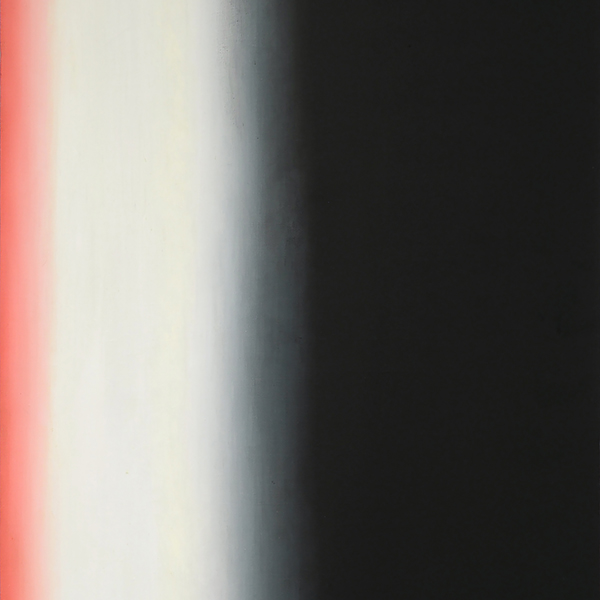
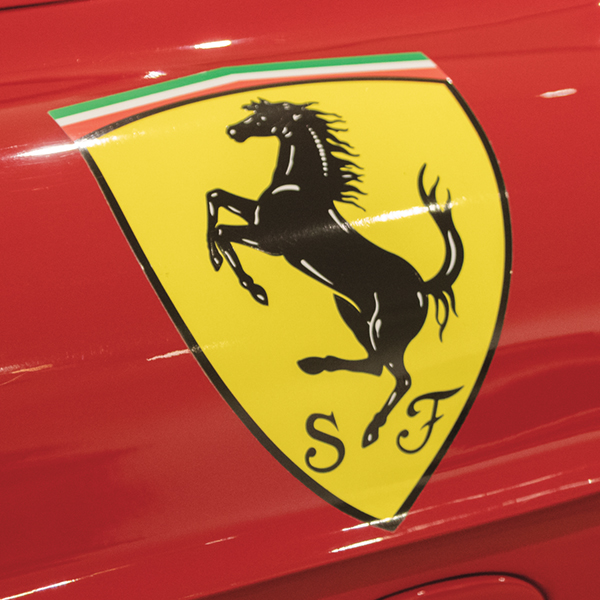
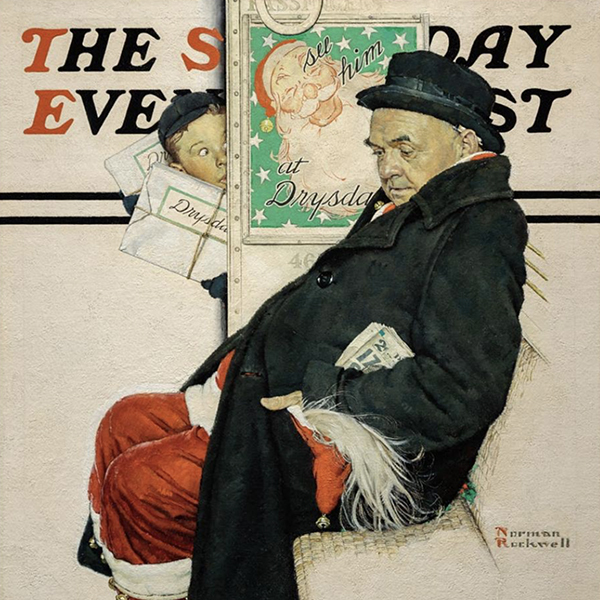
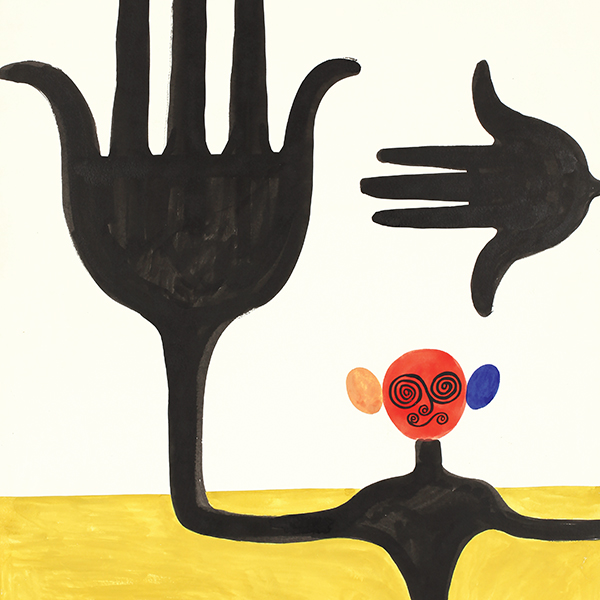
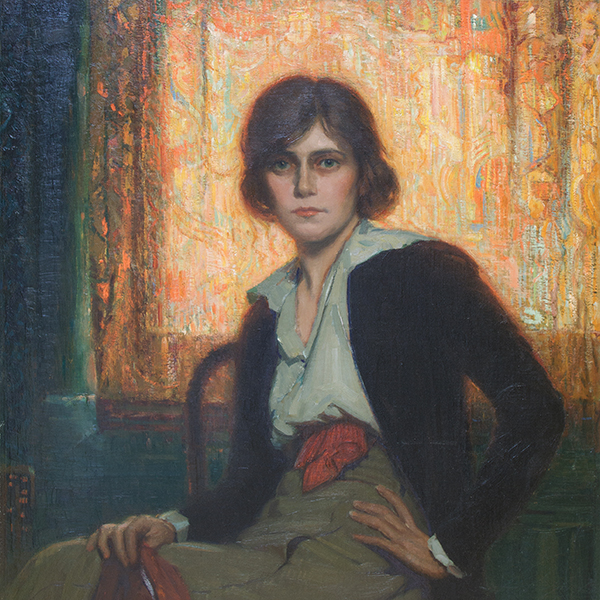
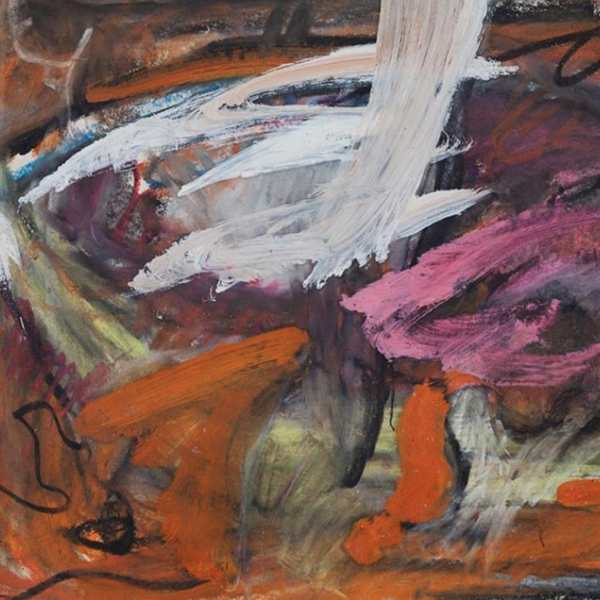
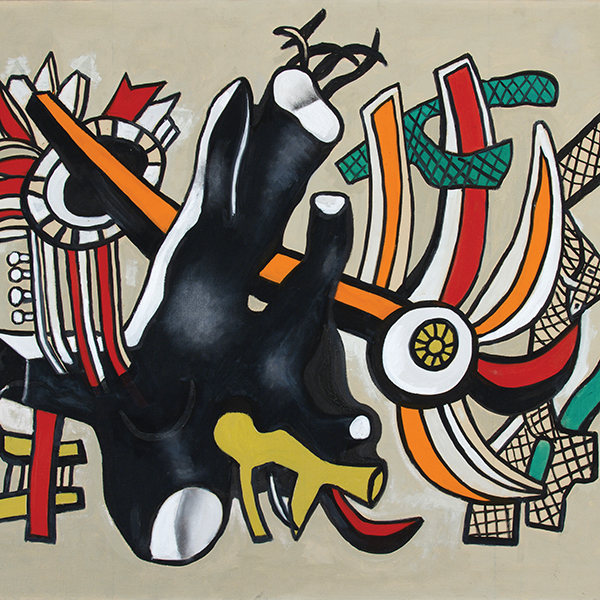
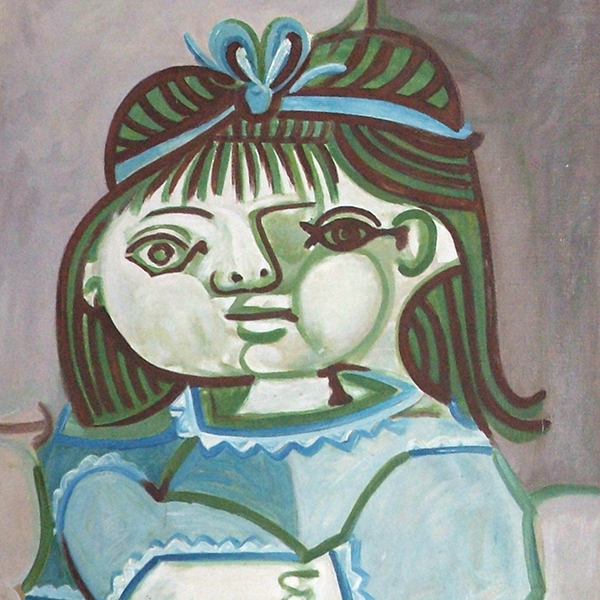

































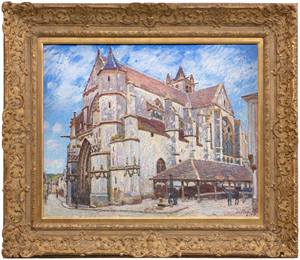
_tn43950.jpg )
